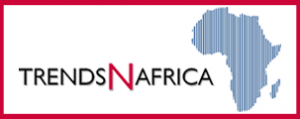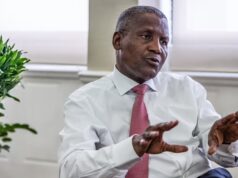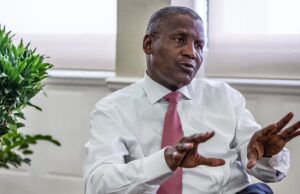
(3 Minutes Read)
Since 2008, electricity prices in South Africa have surged by more than 600%, far outpacing the 139% increase in overall inflation. This persistent rise continues to fuel inflationary pressures and limits the South African Reserve Bank’s capacity to lower interest rates.
Inflation saw a notable decline in 2024, dropping below 3% in both October and November, largely thanks to falling food and energy prices. However, by February 2025, it ticked back up to 3.2%, driven by a rebound in food costs and higher fuel prices.
At the end of 2024, falling fuel costs briefly pushed regulated price inflation into negative territory. But this was reversed by February 2025, with administered inflation rising to 4.2% as fuel prices stopped declining. Even without accounting for fuel, inflation in administered prices—which include electricity, water, and municipal services—remained elevated at 7.7% in February, exceeding the Reserve Bank’s 3%-6% target. Economists caution that structural factors, particularly steep electricity tariffs, continue to drive persistent inflation, as electricity costs have outpaced general inflation every year since 2008.
The steady climb in electricity prices, along with increases in water rates and municipal fees, has significantly raised operating expenses for businesses. This burden eventually falls on consumers and hampers economic growth. Since load-shedding began in 2008, Eskom has increasingly turned to expensive diesel-powered turbines due to unreliable coal infrastructure, pushing production costs—and consequently, tariffs—even higher.
Read Also;
http://trendsnafrica.com/south-african-gdp-to-grow-2-if-eskom-keeps-lights-on/
Between 2008 and 2010, annual electricity price hikes exceeded 20%. Although the rate of increase has slowed, tariffs have still jumped by 190% since 2014—excluding a proposed 12.74% hike for 2025.











